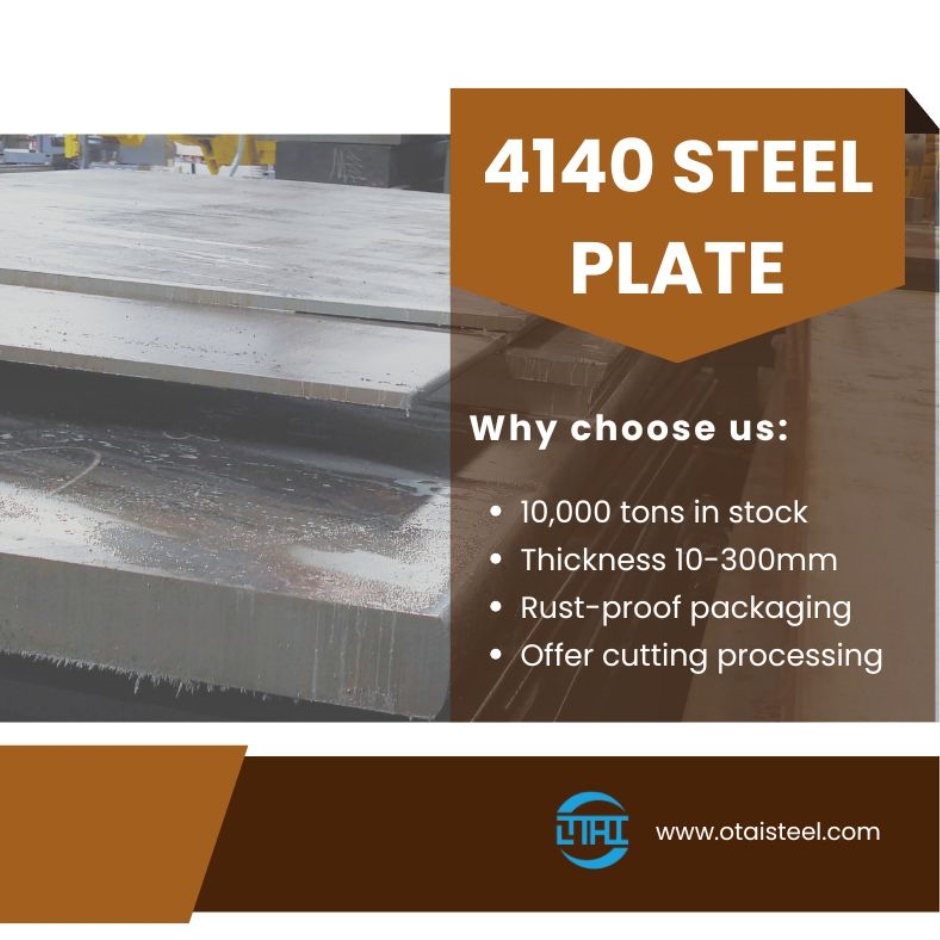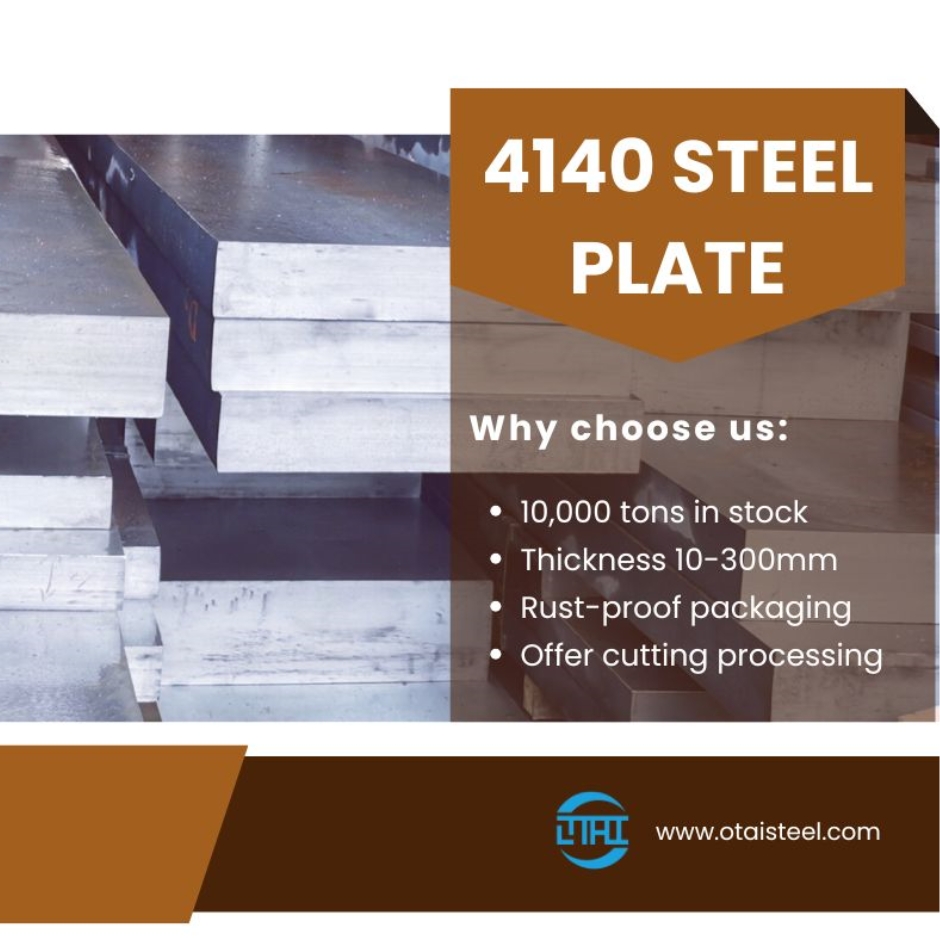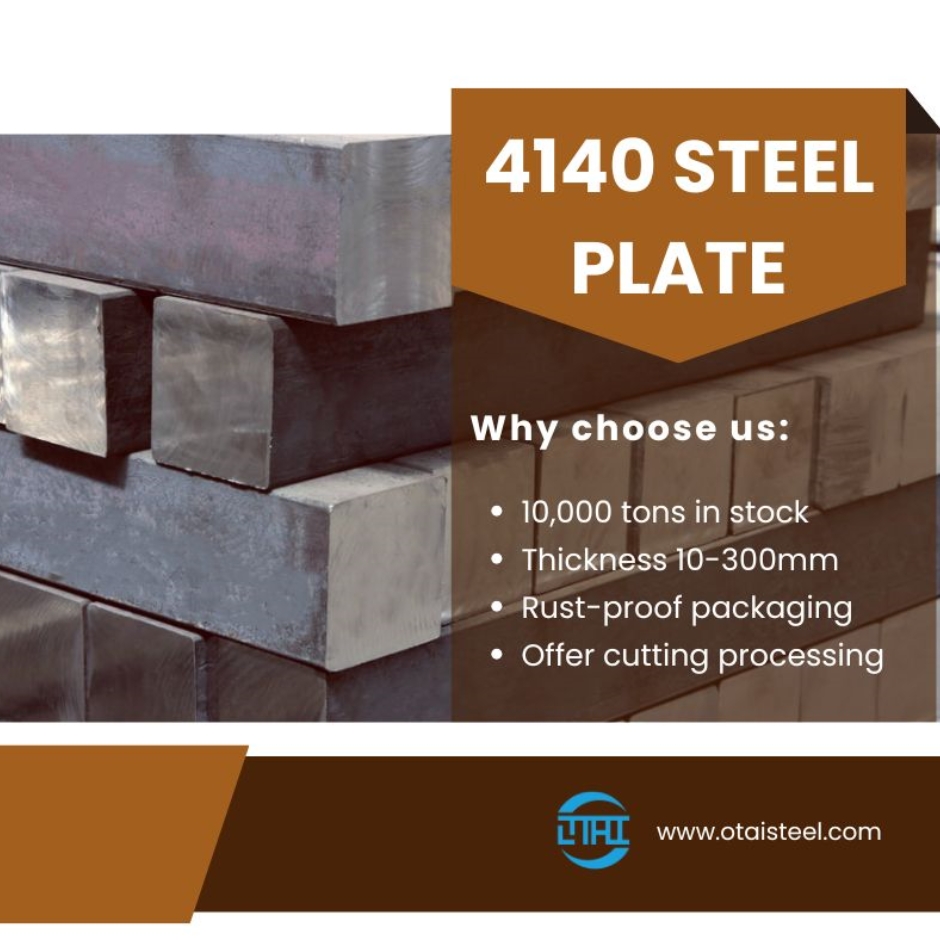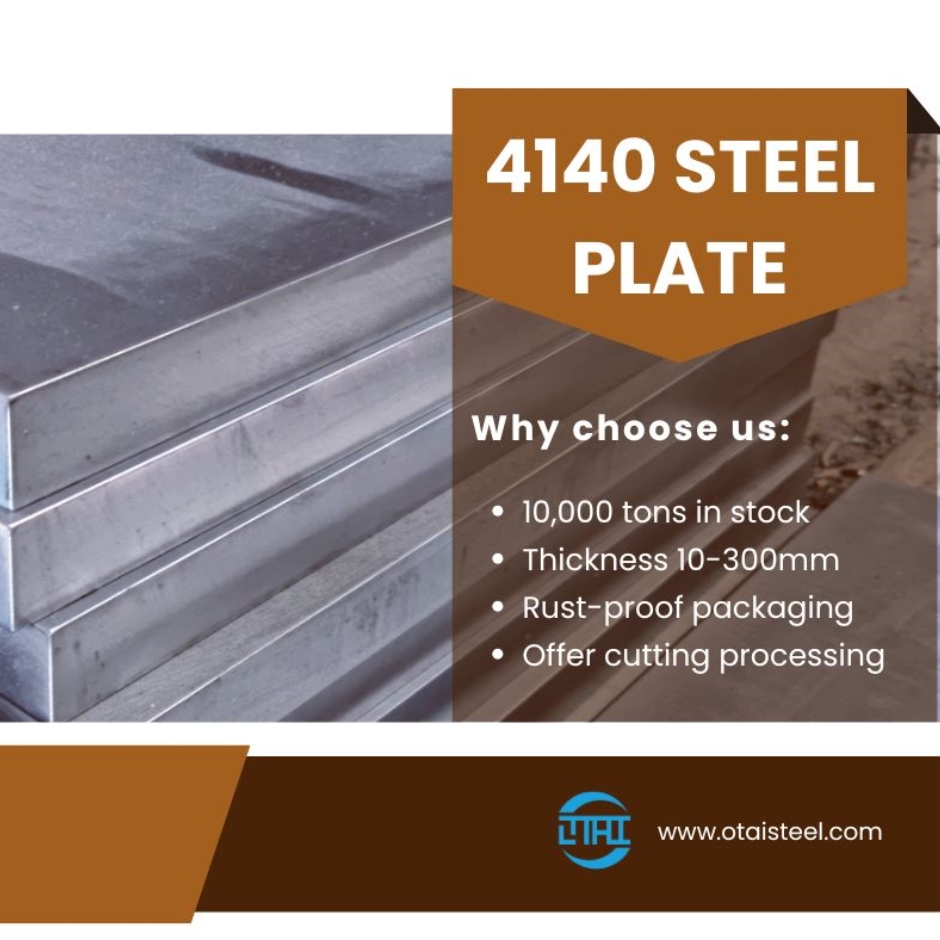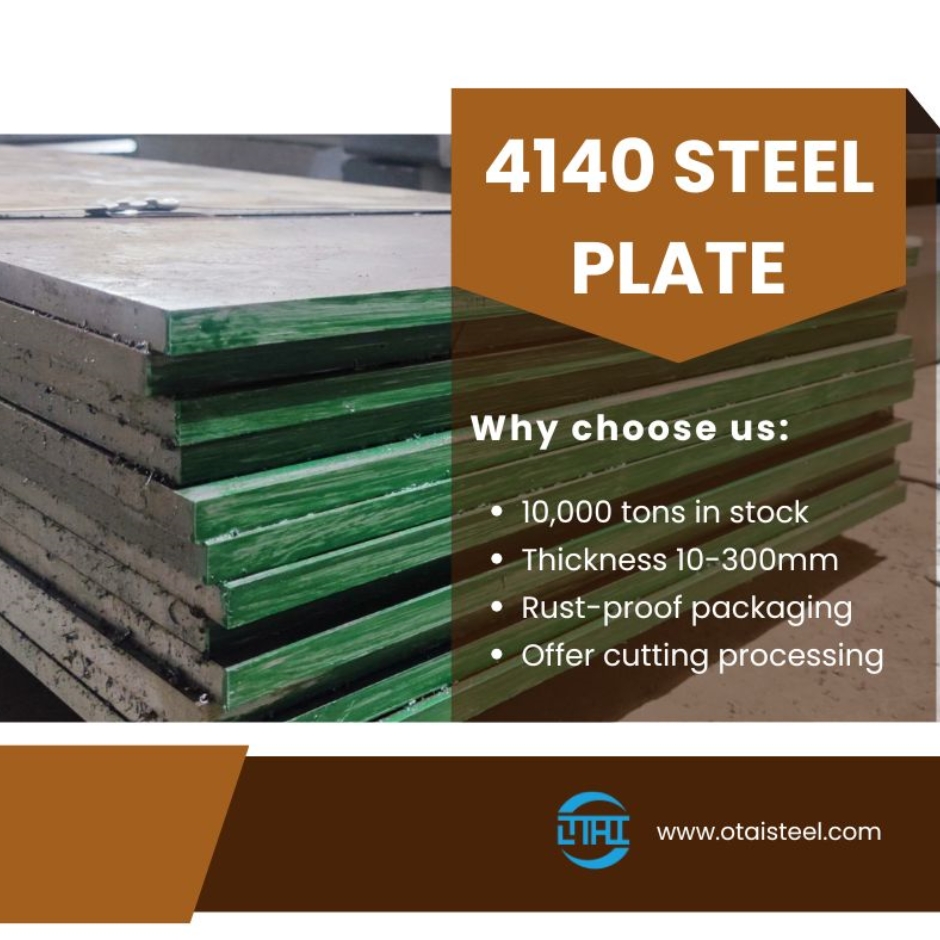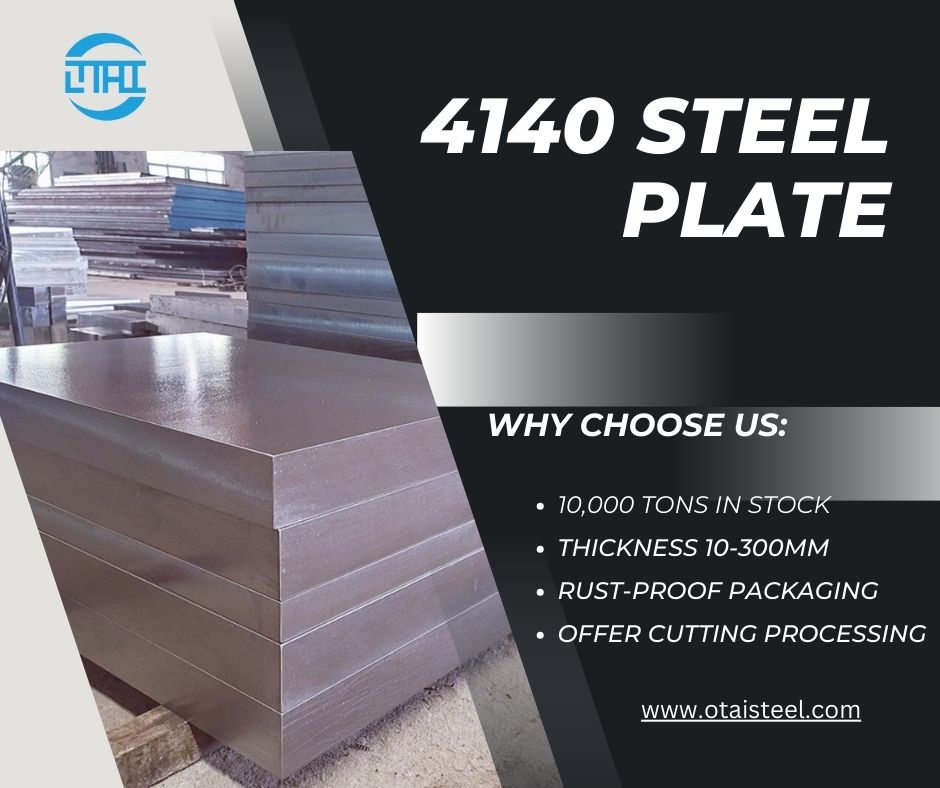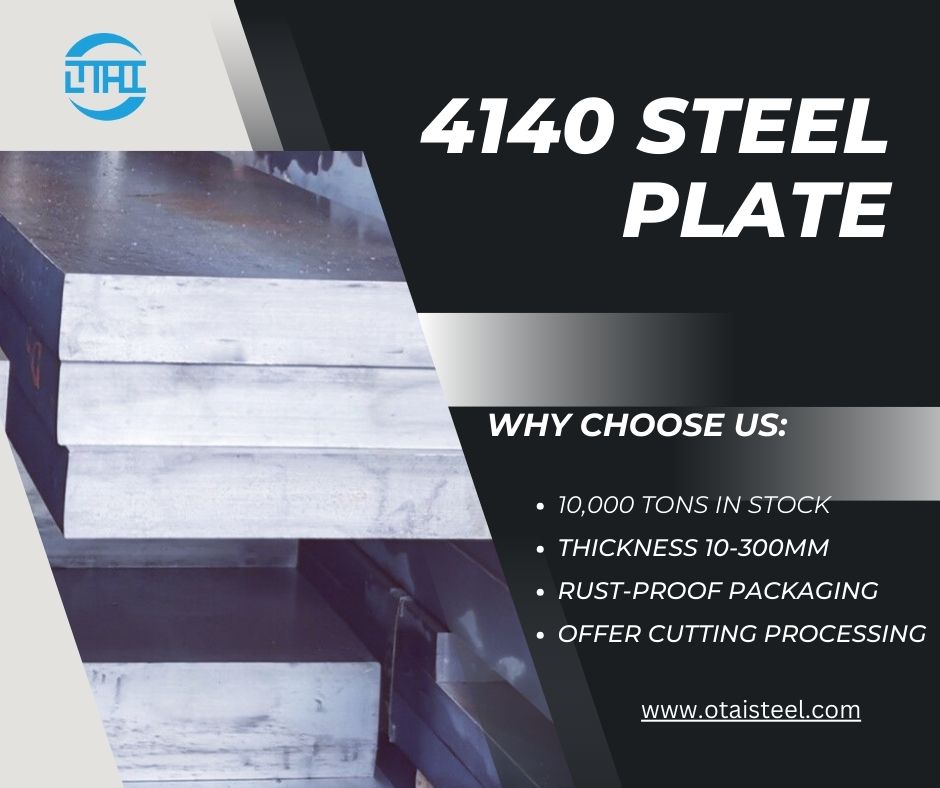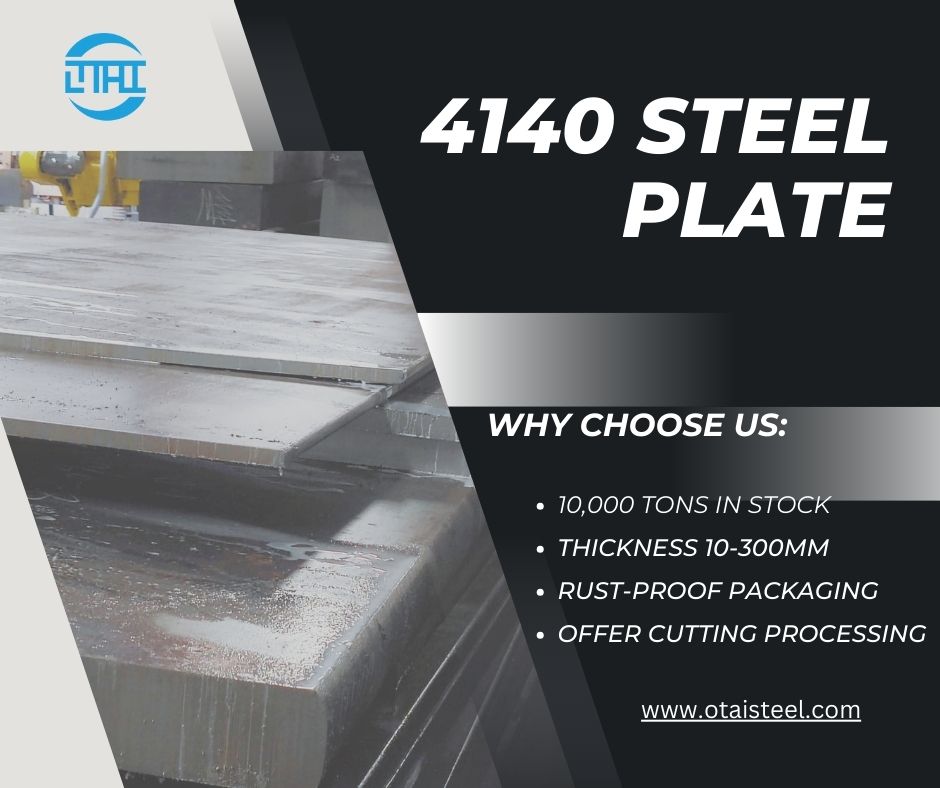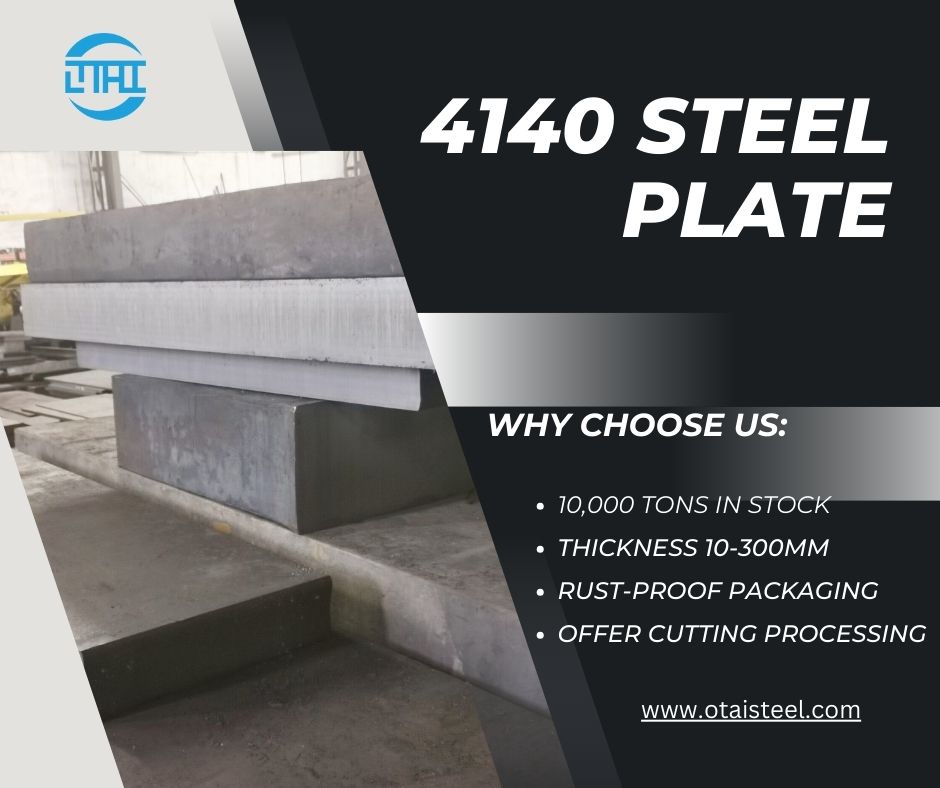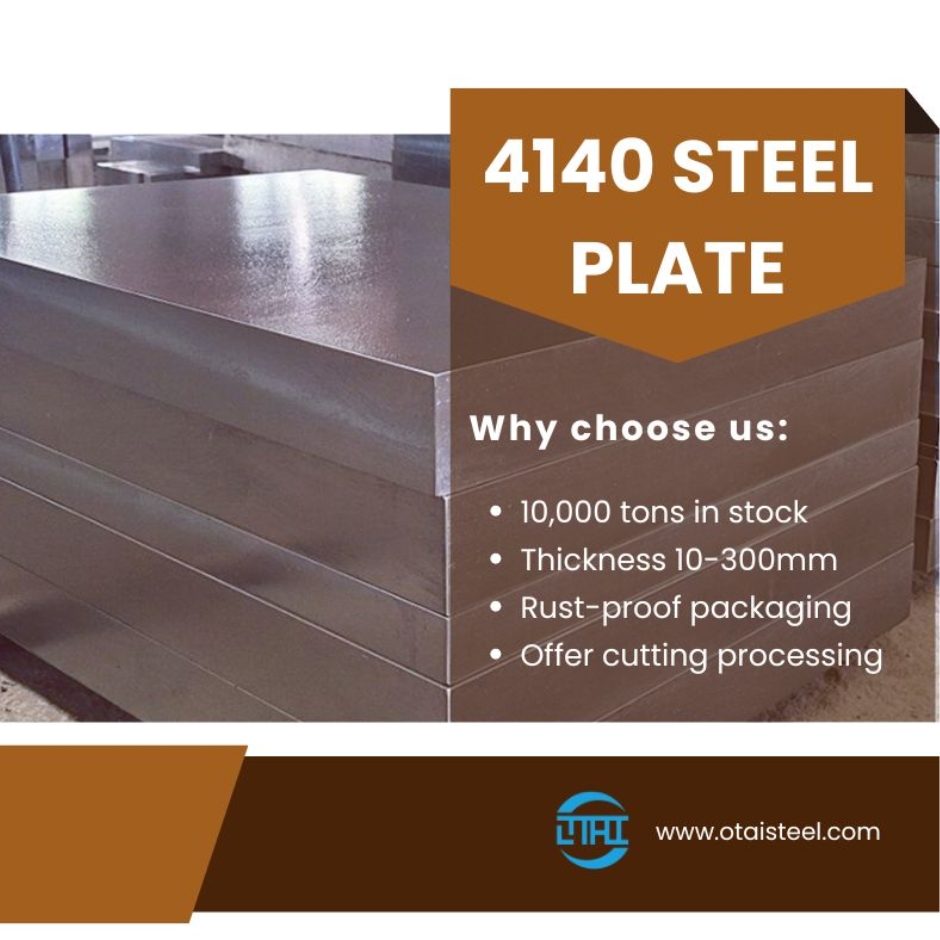 Is 4140 alloy steel magnetic?
Is 4140 alloy steel magnetic?
In the intricate realm of metallurgy, 4140 steel distinguishes itself as an exceptionally versatile material, known for its durability and mild magnetic properties. The inquiry extends beyond simply determining if 4140 steel is magnetic. It involves exploring how we can effectively leverage these magnetic characteristics in industrial applications. At OTAI, we not only recognize these features but also embrace and incorporate them into our services with expertise.
4140 alloy Steel is magnetic:
The magnetic properties of 4140 steel are rooted in its composition, particularly due to chromium, which has inherent magnetic tendencies. Yet, the narrative extends beyond its elements to how its magnetism develops. Processes like quenching and tempering enhance these magnetic qualities, tailoring them to meet specific application requirements.
Heat Treatment: Molding Magnetism:
Heat treatment is vital in defining the magnetic properties of 4140 steel. Quenching and tempering not only boost the steel’s strength but also refine its magnetic characteristics. These processes are not just routine; they are crucial for unlocking the steel’s full potential and aligning it with the exact requirements of its applications.
OTAI’s Stock: A Magnetic Appeal:
At OTAI, our inventory goes beyond being a mere assortment of materials; it reflects our dedication to providing a wide range of options. We maintain a substantial stock of 4140 steel, available in sizes from 10mm to 300mm. Ensuring that our clients can access the magnetic properties they require, precisely when they need them. Our inventory acts as a magnetic force, attracting clients with the promise of immediate and varied solutions.
Processing and Packaging: Mastering the Art:
Transforming raw material into a finished product is a process of revelation, and at OTAI, we excel in this transformation. Our cutting and processing services uncover the magnetic potential of the steel. We also package each piece of 4140 steel with care, ensuring it arrives ready for use, meticulously protected and presented.
Fortune 500 Endorsements:
- A Mark of Excellence
Our reputation stems from both the superior quality of our products and our steadfast dedication to excellence. By supplying 4140 steel to Fortune 500 companies, OTAI showcases how our steel’s magnetic properties are a clear indicator of exceptional performance. Our clients rely on us for steel that meets the highest standards, a trust earned through consistent quality.
Conclusion:
The magnetic qualities of 4140 steel are more than just a feature; they represent a gateway to endless possibilities. At OTAI, we provide not just steel but a partnership grounded in understanding, availability, and an unyielding pursuit of quality. Our narrative is one of magnetism, reflected not only in the steel we offer but in the comprehensive solutions we deliver.
